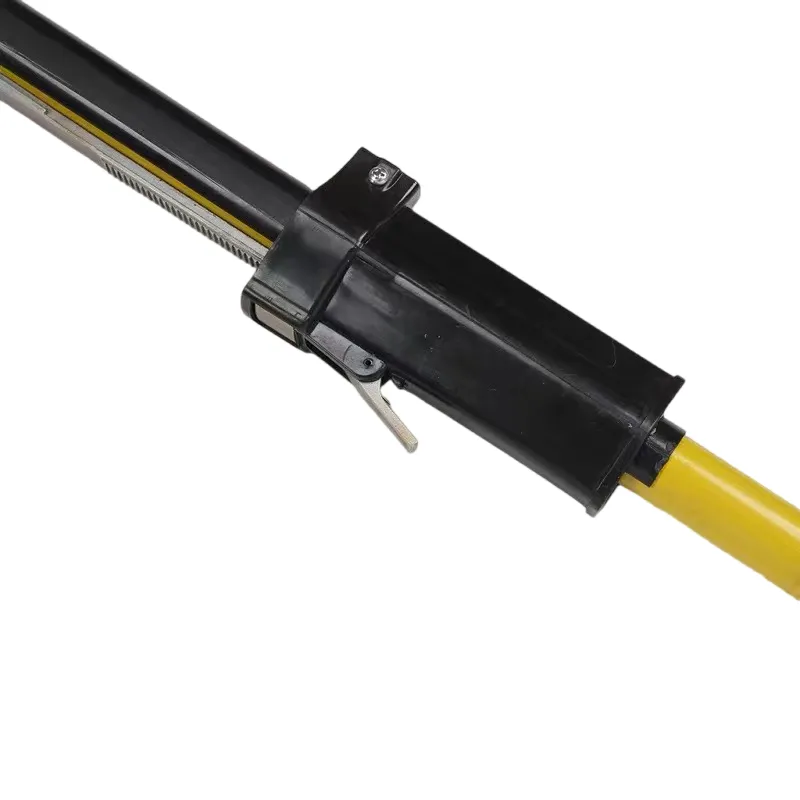
-
 Afrikaans
Afrikaans -
 Albanian
Albanian -
 Amharic
Amharic -
 Arabic
Arabic -
 Armenian
Armenian -
 Azerbaijani
Azerbaijani -
 Basque
Basque -
 Belarusian
Belarusian -
 Bengali
Bengali -
 Bosnian
Bosnian -
 Bulgarian
Bulgarian -
 Catalan
Catalan -
 Cebuano
Cebuano -
 Corsican
Corsican -
 Croatian
Croatian -
 Czech
Czech -
 Danish
Danish -
 Dutch
Dutch -
 English
English -
 Esperanto
Esperanto -
 Estonian
Estonian -
 Finnish
Finnish -
 French
French -
 Frisian
Frisian -
 Galician
Galician -
 Georgian
Georgian -
 German
German -
 Greek
Greek -
 Gujarati
Gujarati -
 Haitian Creole
Haitian Creole -
 hausa
hausa -
 hawaiian
hawaiian -
 Hebrew
Hebrew -
 Hindi
Hindi -
 Miao
Miao -
 Hungarian
Hungarian -
 Icelandic
Icelandic -
 igbo
igbo -
 Indonesian
Indonesian -
 irish
irish -
 Italian
Italian -
 Japanese
Japanese -
 Javanese
Javanese -
 Kannada
Kannada -
 kazakh
kazakh -
 Khmer
Khmer -
 Rwandese
Rwandese -
 Korean
Korean -
 Kurdish
Kurdish -
 Kyrgyz
Kyrgyz -
 Lao
Lao -
 Latin
Latin -
 Latvian
Latvian -
 Lithuanian
Lithuanian -
 Luxembourgish
Luxembourgish -
 Macedonian
Macedonian -
 Malgashi
Malgashi -
 Malay
Malay -
 Malayalam
Malayalam -
 Maltese
Maltese -
 Maori
Maori -
 Marathi
Marathi -
 Mongolian
Mongolian -
 Myanmar
Myanmar -
 Nepali
Nepali -
 Norwegian
Norwegian -
 Norwegian
Norwegian -
 Occitan
Occitan -
 Pashto
Pashto -
 Persian
Persian -
 Polish
Polish -
 Portuguese
Portuguese -
 Punjabi
Punjabi -
 Romanian
Romanian -
 Russian
Russian -
 Samoan
Samoan -
 Scottish Gaelic
Scottish Gaelic -
 Serbian
Serbian -
 Sesotho
Sesotho -
 Shona
Shona -
 Sindhi
Sindhi -
 Sinhala
Sinhala -
 Slovak
Slovak -
 Slovenian
Slovenian -
 Somali
Somali -
 Spanish
Spanish -
 Sundanese
Sundanese -
 Swahili
Swahili -
 Swedish
Swedish -
 Tagalog
Tagalog -
 Tajik
Tajik -
 Tamil
Tamil -
 Tatar
Tatar -
 Telugu
Telugu -
 Thai
Thai -
 Turkish
Turkish -
 Turkmen
Turkmen -
 Ukrainian
Ukrainian -
 Urdu
Urdu -
 Uighur
Uighur -
 Uzbek
Uzbek -
 Vietnamese
Vietnamese -
 Welsh
Welsh -
 Bantu
Bantu -
 Yiddish
Yiddish -
 Yoruba
Yoruba -
 Zulu
Zulu


Dec . 04, 2024 16:35 Back to list
tow winch
Understanding the Tow Winch A Vital Tool in Various Industries
In the world of industrial operations, one cannot overlook the significance of a tow winch. This versatile piece of equipment plays a crucial role in a multitude of applications across various sectors, including maritime, construction, and even recreational activities. By understanding the mechanics and applications of tow winches, businesses can optimize their operations while ensuring safety and efficiency.
What is a Tow Winch?
A tow winch is a mechanical device designed to pull or lift heavy loads using ropes, cables, or chains. Mechanical engineering principles allow the tow winch to leverage force and generate the necessary power to move substantial weights effortlessly. Generally, a tow winch comprises several key components a drum to wound the cable or rope, a motor to drive the drum, and a braking system to control the load's descent. Depending on its intended use, a tow winch can be powered by electricity, hydraulic systems, or internal combustion engines.
Applications of Tow Winches
1. Maritime Operations
In the maritime industry, tow winches are indispensable. They are often used on tugboats for towing other vessels, such as barges, ferries, or disabled ships. The winch allows for the precise control of the tow line, making it easier for tugboats to maneuver large ships into tight docking areas. Additionally, tow winches are used in fishing operations for hauling in nets and traps, demonstrating their versatility in water-based activities.
2. Construction
tow winch

Tow winches have found a significant application in the construction industry. Heavy machinery and materials are often too cumbersome for manual handling, making winches essential for lifting and moving these loads. They are used to pull heavy equipment onto construction sites and lift materials to significant heights, facilitating efficient construction processes. Furthermore, tow winches can assist in demolishing structures by pulling down heavy components safely.
3. Recreational Usage
Beyond industrial applications, tow winches have gained popularity in recreational activities, especially in water sports. Wakeboarding and waterskiing enthusiasts frequently employ tow winches to pull riders over water without the need for a boat. These winches allow users to enjoy water sports in locations where traditional boat towing might be impractical. The portability and ease of setup make tow winches a popular choice among adventure seekers.
Safety Considerations
While tow winches are highly beneficial, they also pose potential safety risks if not used correctly. Operators must be adequately trained in the proper usage of the winch to avoid accidents. Regular maintenance is crucial to ensure all mechanical components are functioning correctly and to reduce the risk of failure during operation. Moreover, adherence to weight limits and guidelines is vital to prevent undue strain on the winch and avoid dangerous situations.
Conclusion
Tow winches are a vital component in many industries, offering efficiency and effectiveness in lifting and towing heavy loads. Their versatility is evident whether in maritime environments, construction sites, or recreational activities. However, with great power comes great responsibility, and safety must always be a top priority for operators. By understanding the capabilities and limitations of tow winches, industries can harness their benefits while minimizing risks, ensuring safe and efficient operations. In a world that continues to seek better ways to move and lift, the tow winch stands out as an invaluable tool that will undoubtedly remain integral to various sectors for years to come.
Latest news
What Are Construction Tools and How Are They Used?
NewsJul.11,2025
Professional-Grade Duct Rodding Tools for Superior Cable Installation
NewsJul.11,2025
Enhancing Safety and Efficiency with Modern Hot Stick Solutions
NewsJul.11,2025
Empowering Cable Installation with Advanced Rodder Solutions
NewsJul.11,2025
Elevate Your Cable Installation Projects with Cable Pulling Tools
NewsJul.11,2025
Efficient Cable Handling Solutions: Cable Rollers for Sale
NewsJul.11,2025











